
The work of Dr Mikael Siversson from the WA Museum helped re-write the timeline for one of the planet's most fearsome predators.
A major archeological find in Western Australia's north-west has helped prove gigantic sharks roamed the state's coast 115 million years ago.
The work of Dr Mikael Siversson from the WA Museum helped rewrite the timeline for one of the planet's most fearsome predators.
The head of earth and planetary sciences played a crucial role in identifying a species of super shark fossil found in Australia.
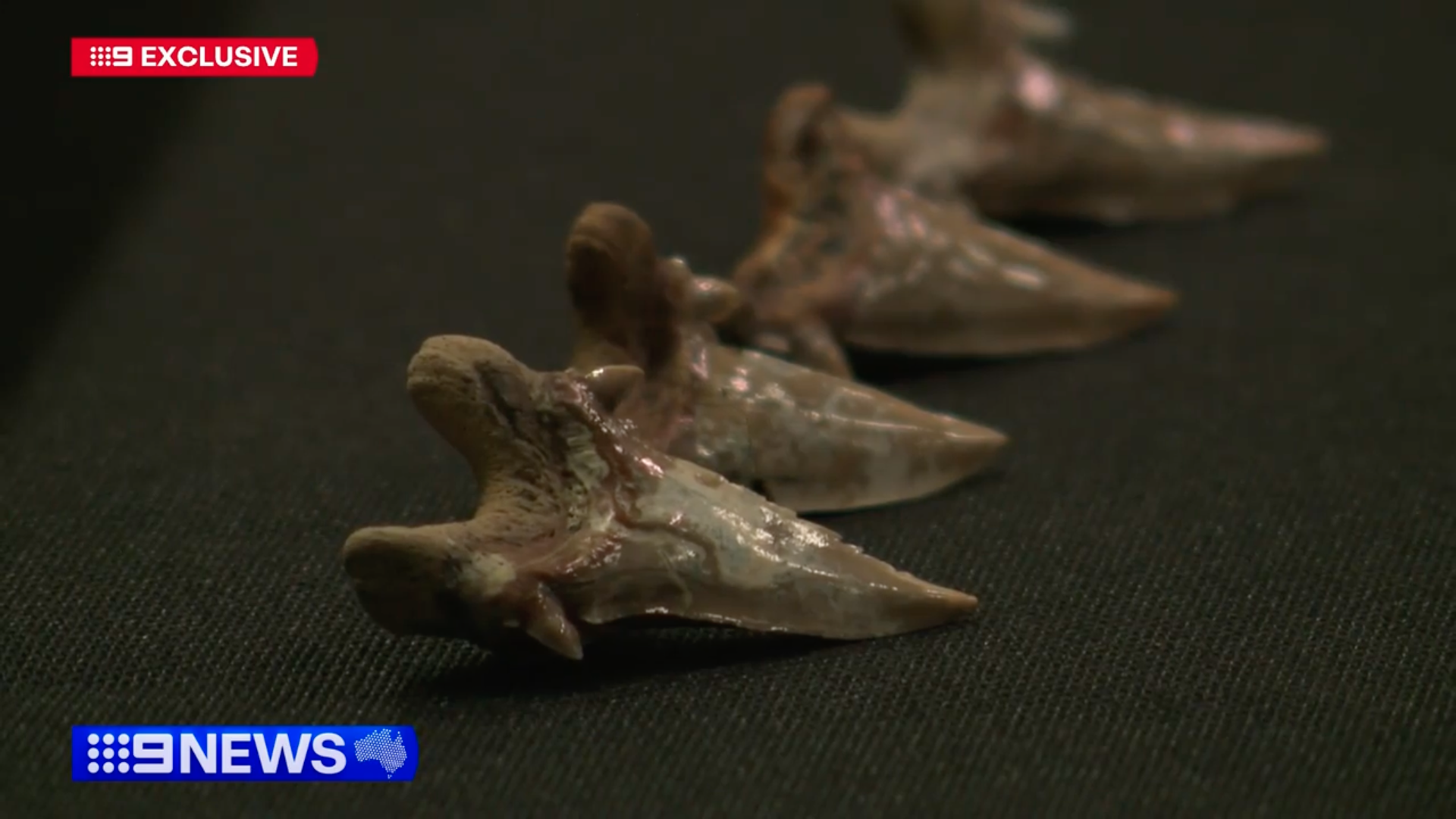
His breakthrough discovery in WA's Gascoyne region included teeth that hold the key to a prehistoric world.
"That tooth is 97 million years old, still razor sharp," he told 9News.
The teeth helped Siversson and his research team identify something straight out of Jurassic Park, a group of closely related mega sharks that grew to the size of orcas around Darwin and in Queensland.
"They dominated the oceans for about 23 million years," Siversson said.
Siversson's original discovery was in 1999 in the Giralia Range on Cardabia Station, in Baiyungu country.
It was a major scientific find but the real importance of the discovery only emerged recently.
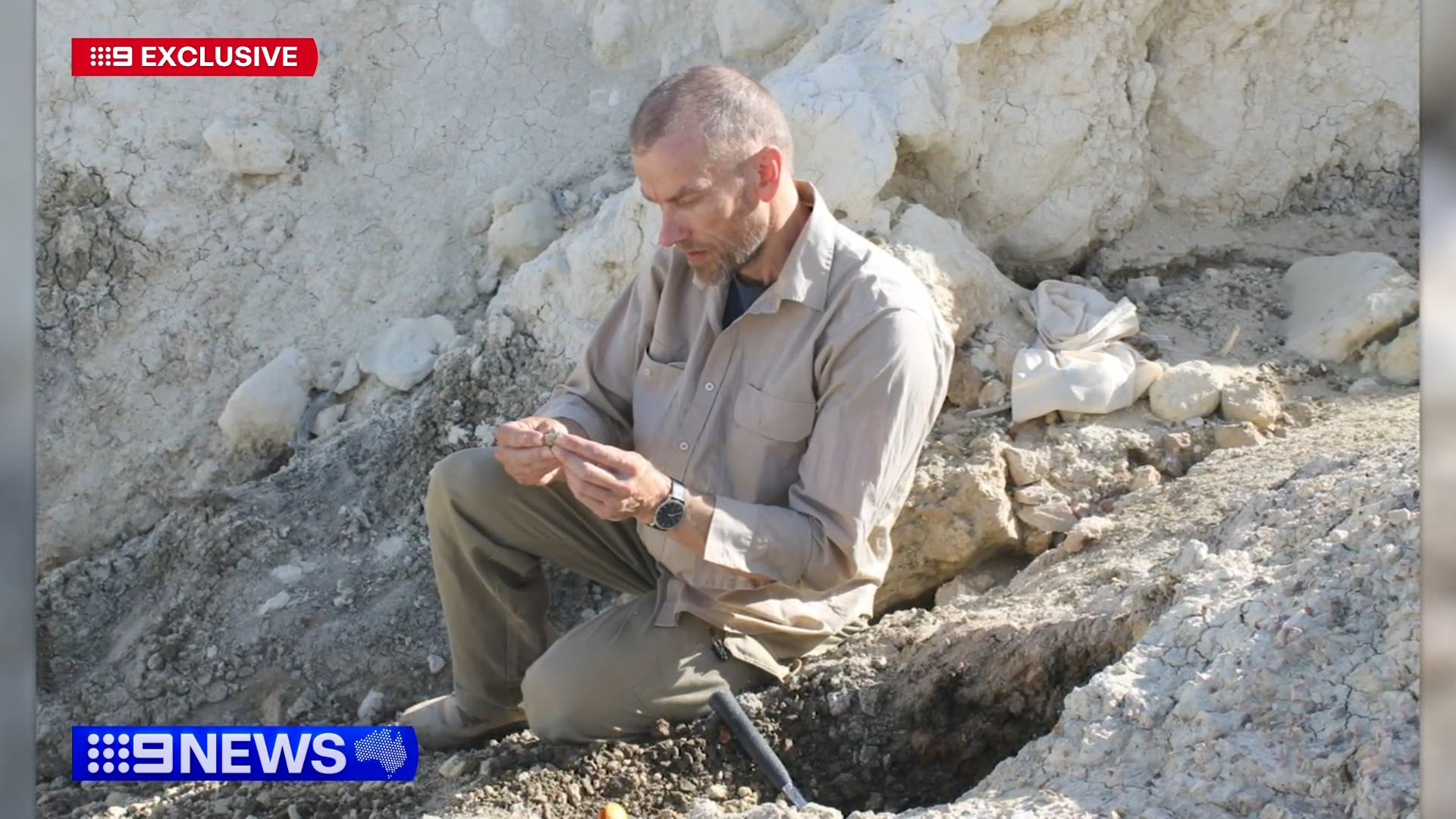
He said they were the first modern great sharks to evolve into giant-sized sharks, and it happened off the coast of Australia.
"So that's why the Western Australian specimen is so critical to the understanding of this entire group of giant predatory sharks," he said.
His work also identified that colossal sharks swam the oceans 10 million years earlier than previously thought.
All from teeth and vertebrae found in the WA outback.
DOWNLOAD THE 9NEWS APP: Stay across all the latest in breaking news, sport, politics and the weather via our news app and get notifications sent straight to your smartphone. Available on the Apple App Store and Google Play.
 Prominent neo-Nazi charged over alleged online harassment of federal MP
Prominent neo-Nazi charged over alleged online harassment of federal MP
 Slain police officer's father shares grief as Wieambilla inquest ends
Slain police officer's father shares grief as Wieambilla inquest ends
 Victorian MP details sexual harassment inside parliament
Victorian MP details sexual harassment inside parliament
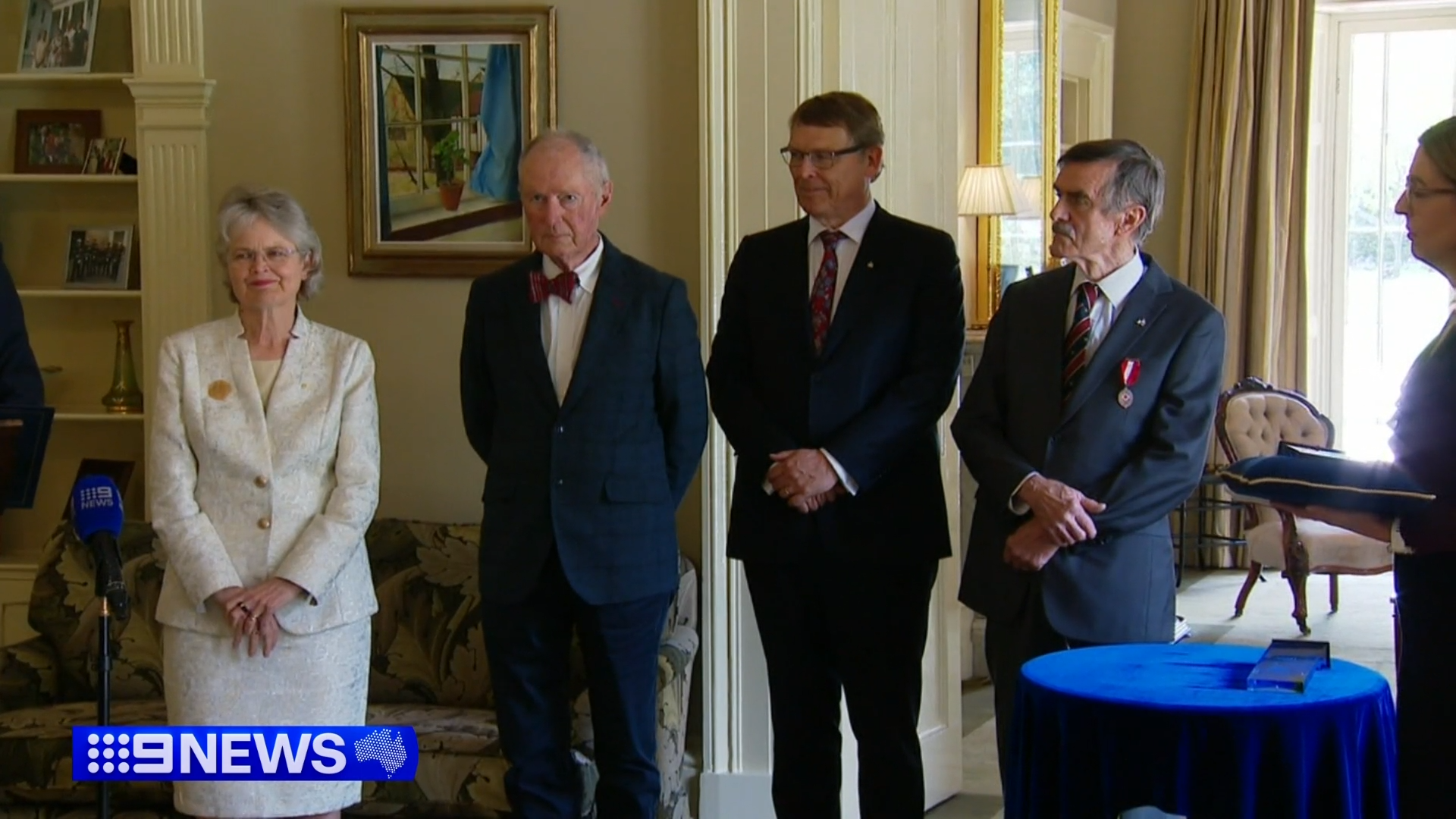 SA names joint Senior Australians of the Year after awards night debacle
SA names joint Senior Australians of the Year after awards night debacle
 NSW Opposition Leader Mark Speakman quits after colleagues turn against him
NSW Opposition Leader Mark Speakman quits after colleagues turn against him
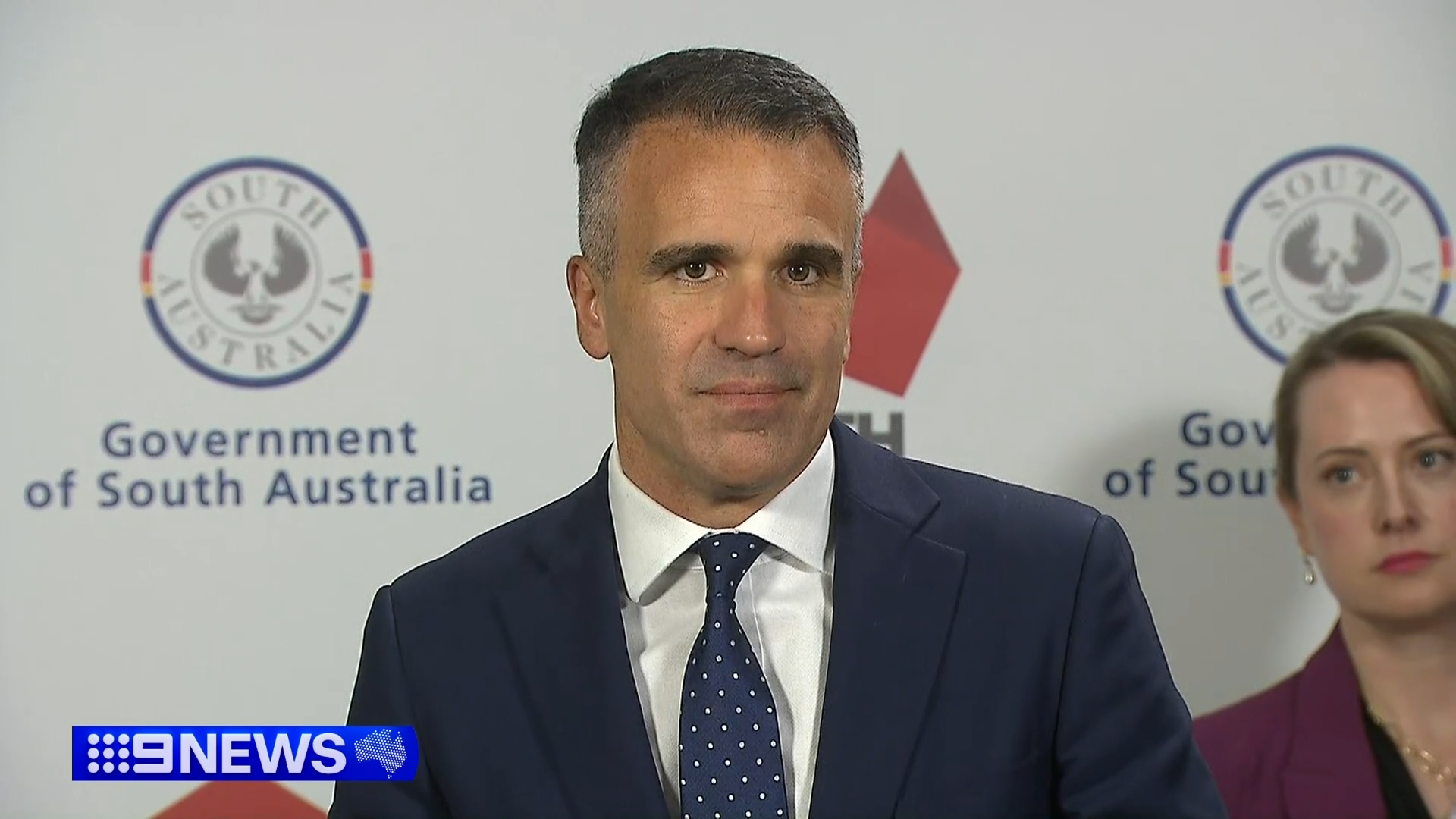 'Obscene': SA premier hits out after missing out on major conference
'Obscene': SA premier hits out after missing out on major conference
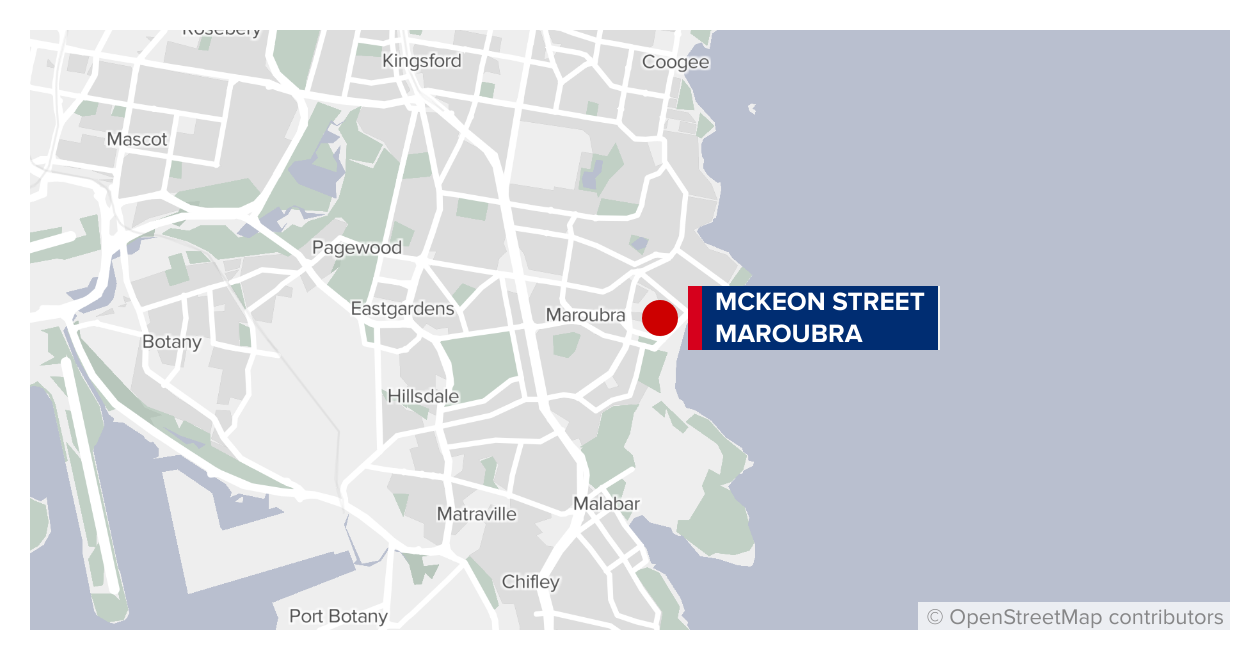 Woman hospitalised after being struck by wrench thrown in brawl in Sydney's east
Woman hospitalised after being struck by wrench thrown in brawl in Sydney's east
 Child, cleaner narrowly escape as car ploughs into laundromat
Child, cleaner narrowly escape as car ploughs into laundromat
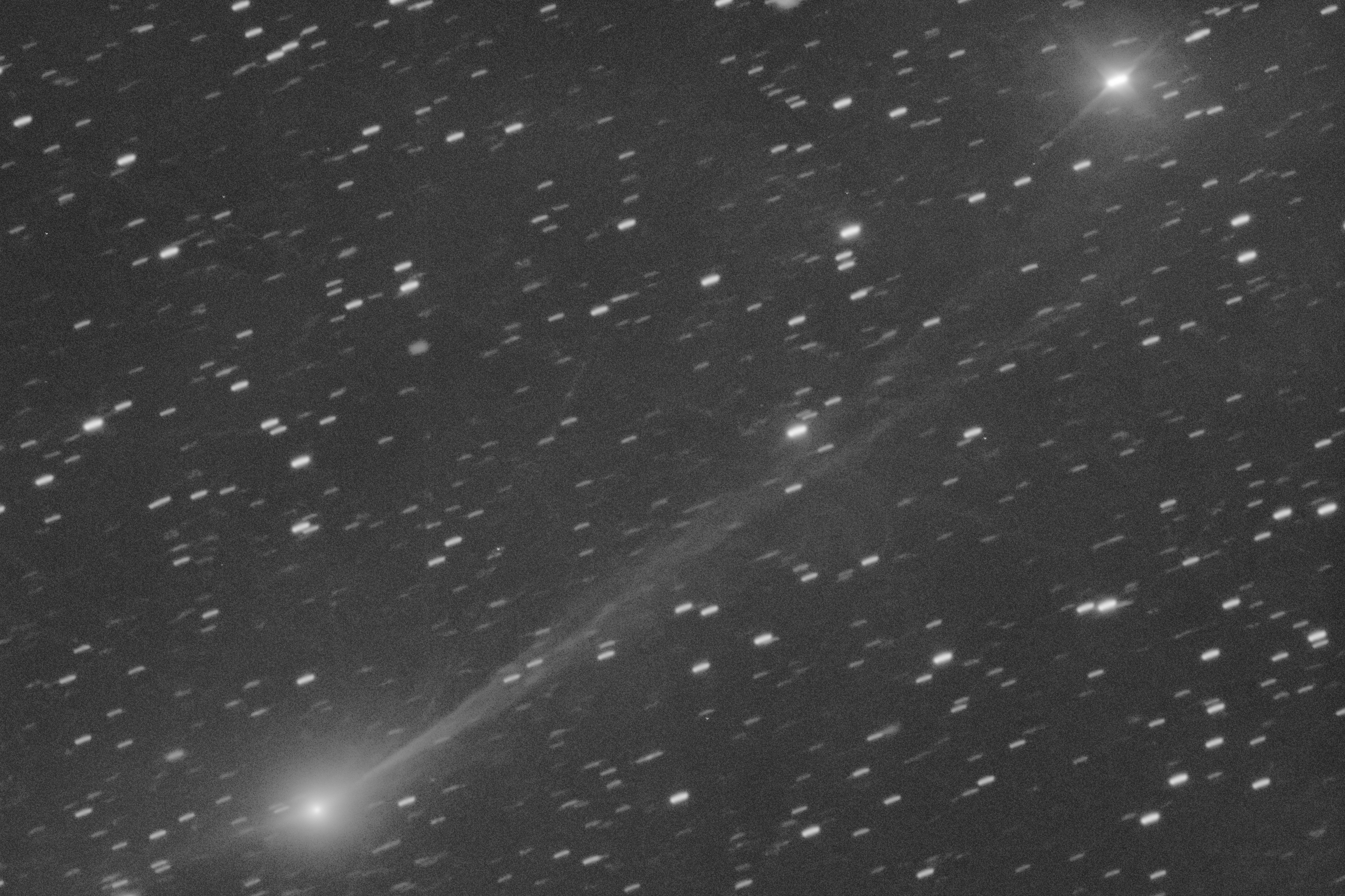 Close-up pictures show interstellar comet zipping past Mars
Close-up pictures show interstellar comet zipping past Mars
 Highly infectious, deadly disease 'likely circulating' in Sydney
Highly infectious, deadly disease 'likely circulating' in Sydney
 Aussies are being forced to accept jobs with no clue what they'll be paid
Aussies are being forced to accept jobs with no clue what they'll be paid
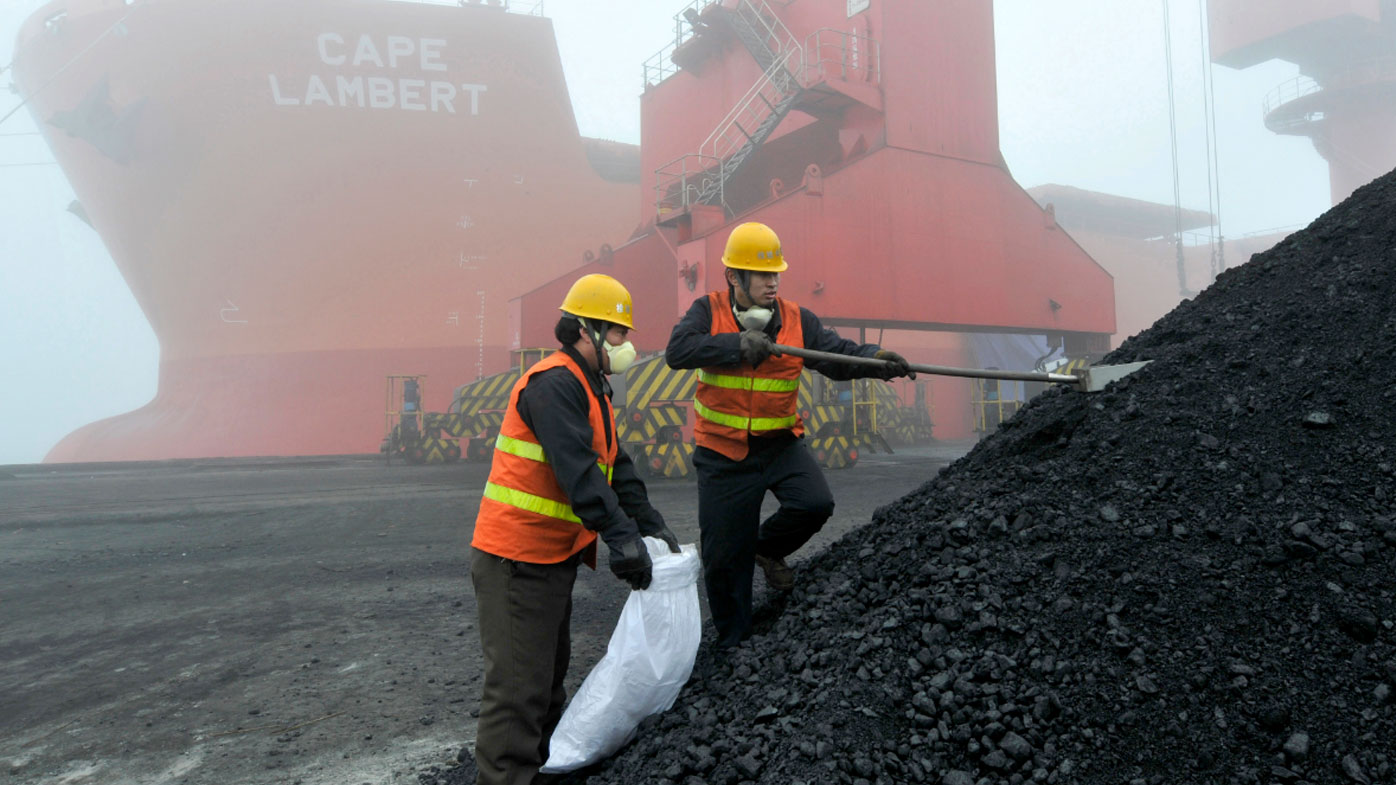 One of Australia's biggest customers ditches our biggest export
One of Australia's biggest customers ditches our biggest export
 'Asbestos of the 21st century': Calls to ban chemical Aussies are exposed to every day
'Asbestos of the 21st century': Calls to ban chemical Aussies are exposed to every day
 Warning entire industry critical for Australian economy on the brink of collapse
Warning entire industry critical for Australian economy on the brink of collapse
 NSW man ordered to turn in plates featuring dictator's nickname
NSW man ordered to turn in plates featuring dictator's nickname
 Trump's desperate behind-the-scenes move on Epstein files
Trump's desperate behind-the-scenes move on Epstein files






